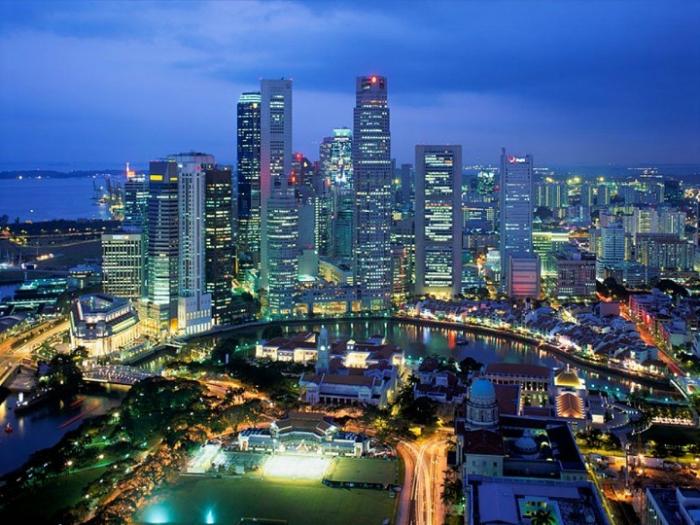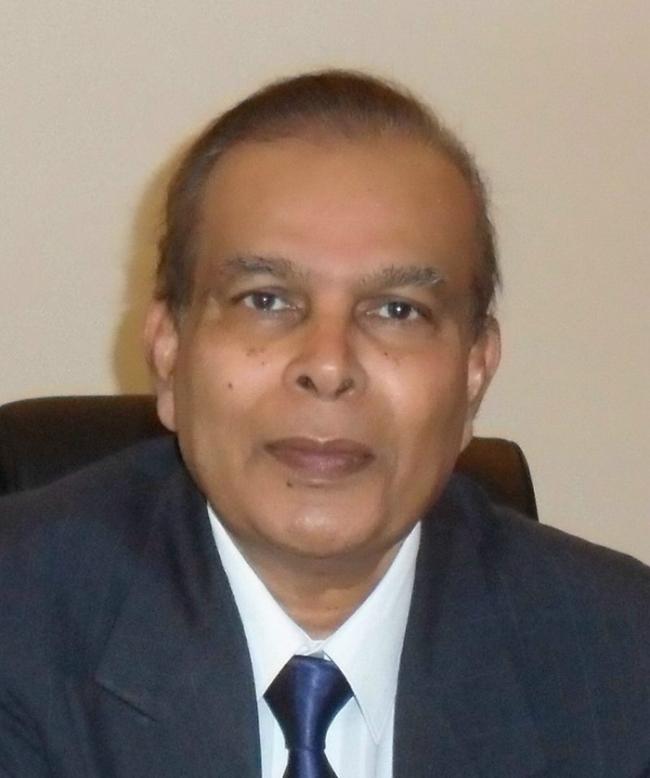As the clock struck midnight on August 10th 2013, it meant Singapore had completed celebrating its 48th year since its inception on to the world map.
This national day celebration lived up to the expectations of festivities expected, and was full of aplomb, pomp and was a grandiose spectacle. As the tiny island state commemorated its 48th anniversary, it set the tone for another chapter in the ASEAN nation’s history. While looking ahead is the norm on birthdays, anniversaries and independence days, a nostalgic saunter down memory lane is equally expected.
Singapore’s newest journey began in 1965 and since then it has bedazzled and impressed heads of state, diplomats, political commentators, journalists, business leaders and tourists alike at the remarkable transformation it has undertaken from colonial outpost to a thriving tiger economy that has set the bar so high that it would be an unfair yardstick for other nations to set as a precedent.
The Singapore’s success story is plenty. Efficient governance right from the outset, quality public housing, clean water, proper sanitation services and other top-notch public health-care needs; these of course were the essential criteria that needed the check mark in the report card for any government looking to establish itself as a world class city, and Singapore did just that.
But it’s not the fruit of success that allures me; it’s the way the seeds were sown that draws my attention to the Singapore success story. While there are plenty of documentaries, novels, articles and interviews that highlight the Singapore growth story, I would like to touch upon three aspects that accentuate the rise from 19th century uninhabited tropical island to 21st century megapolis.
Singapore’s founder Sir Thomas Stamford Raffles established a laissez-faire setup at the very beginning; and this form of economic freedom set the tone for Singapore’s growth under its first government and continues to grow under the present one as well.
Back in the late 60’s & 70’s the world still looked towards the west as the proverbial land of milk & honey. The Asian growth story was dormant, let alone beginning. China’s remarkable rise to economic supremity started in the 1978 under Deng Xiaoping (Rumour has it that Deng’s inspiration was sought after seeing tall high rise buildings in Singapore in the 70s), India was under ‘Nehruvian’ socialism, Hong Kong despite its early capitalistic roots experienced economic slowdown in the 60s.
Singapore saw an opportunity to be the pioneer of economic prosperity in the region.
An open economy was the key to success. An an open-door policy to foreign capital, investments and export orientation to tap into global trade was the norm from the 60s. It wasn’t so much about luring companies away from the West; it was more about getting companies to open Asian operations with Singapore as its regional hub. A pro business administration, low taxes and the absence of any bureaucracy were some of the catalysts that drew most companies eastwards.
It was the perfect quid pro quo scenario of sorts – a global footprint for corporations which in turn facilitated the economic growth of Singapore.
In fact even the world class Changi airport that denizens & citizens of Singapore take for granted today was actually the result of a long thought out process of building a world-class airport as soon as possible in order to be a “sanctuary” for the many Western business executives that plied the air routes of Asia; given how unsafe and under developed many other Asian nations were back in the day. And Changi still remains numero uno not just in Asia, but the world.
Secondly, Singapore’s vantage point location being positioned along the Straits of Malacca made it a strategic sea route location between India and China.
With extensive British built shipyard facilities alongside one of the world’s busiest sea-lanes, meant that it became a natural transport hub making it a great asset for industrialisation.
Its strategic location and magnificent harbour was an asset for western trading ships which used Singapore as a base to refuel in Asia. It’s no wonder that Singapore was dubbed the Suez Canal of Asia, perhaps without the politics of the former.
Singapore was the busiest post in the world up until 2005 before Shanghai ascended to the pinnacle of the totem pole.
Last but not least, the biggest capital came from both home and away – the human capital.
Singapore’s keen eye for intellectual excellence not only led it to set up world class institutions in NUS, NTU, SMU and others, but also sought after the best prolific minds while constantly seeking to attract the best talent.
Incentives through junior colleague & undergraduate scholarships sought to attract the best not just from fellow Asian neighbours like India & China, but from the global footprint.
With a good sizeable portion of the tuition fee covered, handsome stipends offered, a permanent resident invite letter issued upon graduation and a three year bond to work in the city state being offered; Singapore was an instant attractive educational destination sought after by students.
Students viewed the chance to take up permanent residency and the three year bond which meant they would have to undertake employment in Singapore for a minimum period of three years post graduation, as the perfect return on their educational investment.
And these in turn would be the minds that would be the good samaritans of Singapore, perhaps the budding entrepreneurs or even prospective citizens.
They often say that the private & the public sector have precious little in common. But Singapore’s efficient public sector adopted the efficient private sector approach early on, and perhaps this ‘start-up’ today has not just gone public, but is also now a ‘Fortune 500’ company that is changing the world.
All this in a country which had no natural resources.
Link: http://sbr.com.sg/economy/commentary/success-story-every-singaporean-must-know






